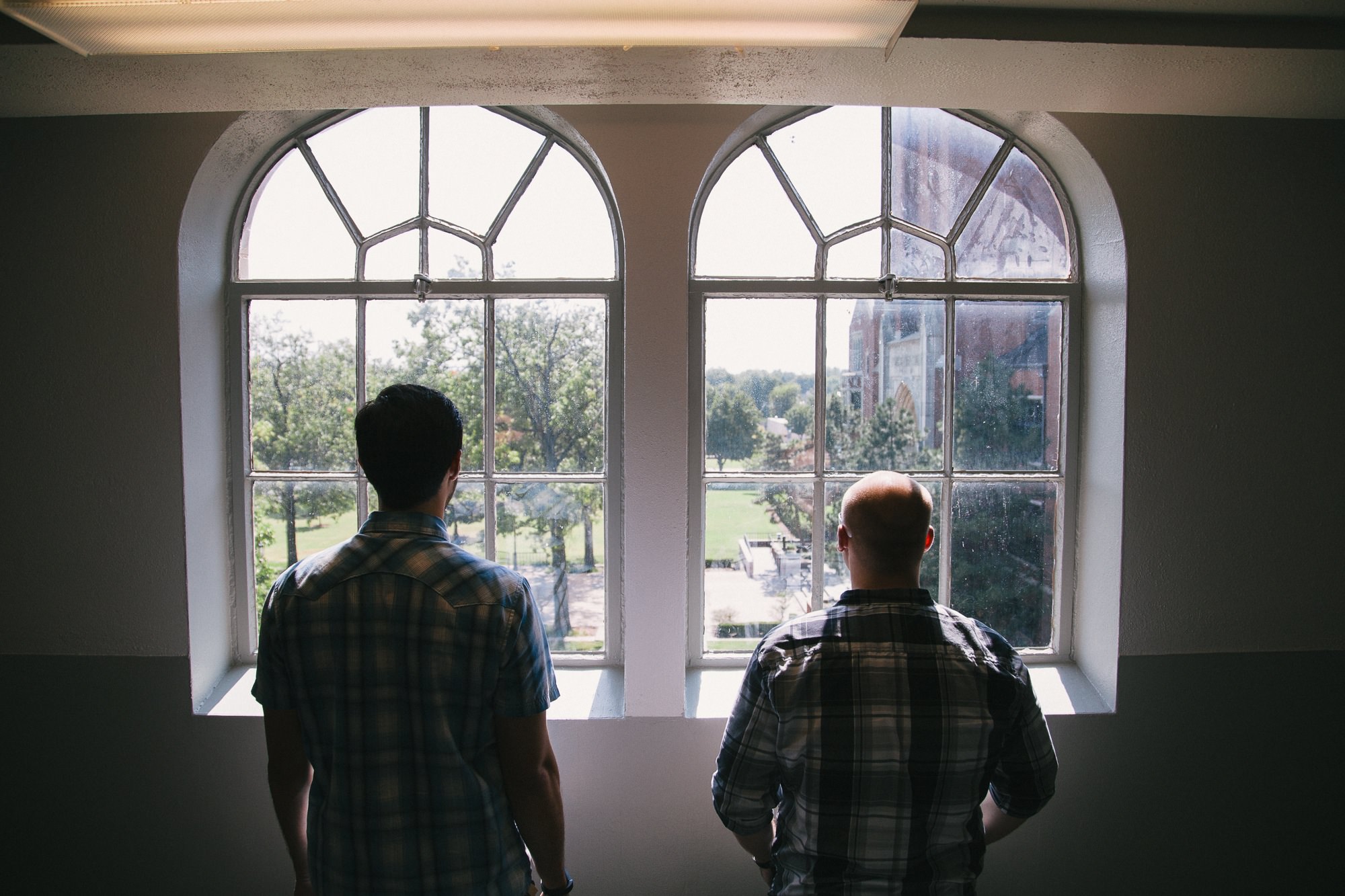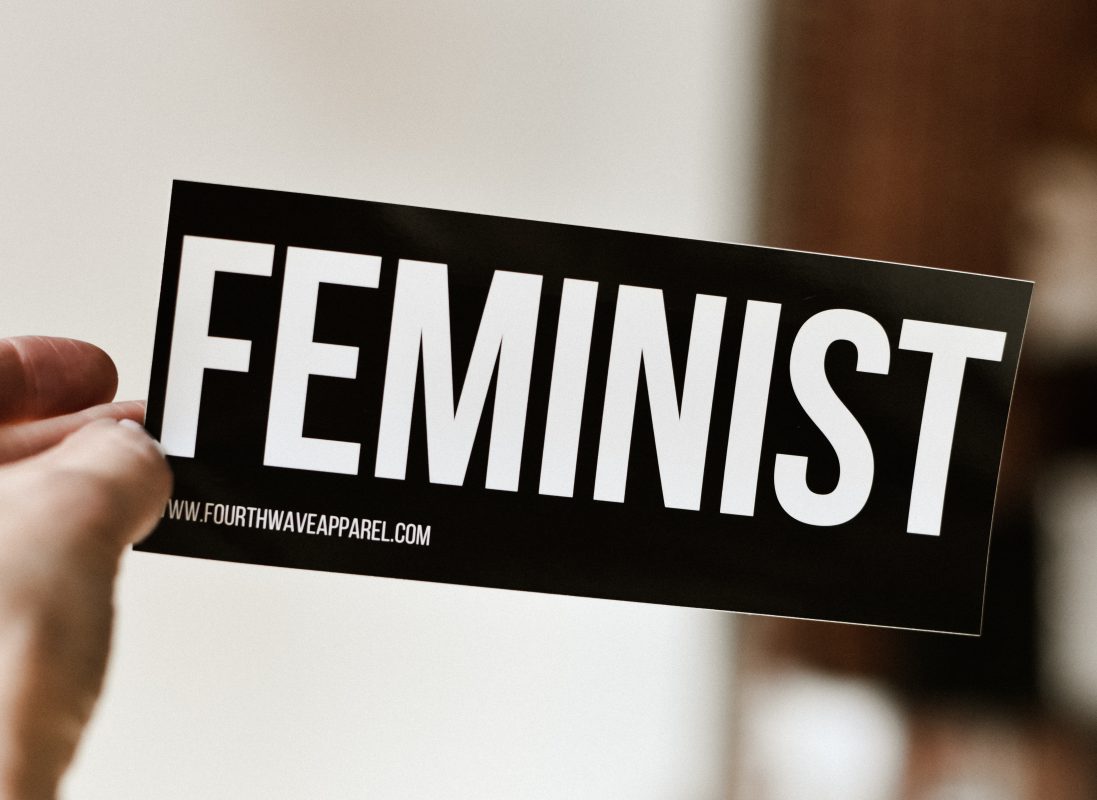Art and Culture
Feminism Blinds Students to the Truth About Men
Are women so smothered by the blanket of victimhood that we can’t concede that men face issues too? Isn’t the hallmark of intersectionality finding victimhood everywhere?

As a student at Barnard, a women’s college in NYC, feminism pervades all aspects of the curriculum. As students, we’re awash in the pervasive narrative that women are always on the losing side of the gender wars.
This is ridiculous. At a school where acknowledging intersectionality is de rigueur, one would expect to encounter dialogue about issues that men face too. However, after two years here, I have never witnessed students or professors broach the topic in a positive way.
What’s more alarming is how often female peers display conspiratorial glee when they make fun of and delegitimize men’s issues. Last week for example, a classmate posted a video featuring the scholar Christina Hoff Sommers to the Barnard 2018 class Facebook page. The video had legitimate talking points about male academic underachievement.
However, in a vicious effort to delegitimize the video’s claim that “male underachievement is everyone’s concern,” a fellow student sanctimoniously wrote that the concern is “not [her’s],” followed with an acronym that denoted laughter. This outright delegitimization of male issues was met with many ‘likes,’ and it is a very common reaction students have when they are faced with male issues.
Are women so smothered by the blanket of victimhood that we can’t concede that men face issues too? Isn’t the hallmark of intersectionality finding victimhood everywhere?
Feminist boosterism can make us feel empowered. This is good; I too love when I am told I am special and powerful. Women do indeed face many problems in society. However, at my women’s college in particular, feminist ideology renders students blind to the injustices that disproportionately affect men, like homelessness, harsh prison sentencing, and gang violence.
Thus, colleges need to actively incorporate men’s issues into their curriculum. To actively avoid talking about men’s issues is to create a citizenry deprived of important knowledge about how the world works for men and shields students from socio-economic realities. This must end.
When I started taking Women’s Studies classes 4 years ago, I was seduced by feminist ideology. Mentally tabulating my oppression cards became a hobby. Unfortunately, being steeped in feminism didn’t just make me blind to the truth about men—it made me actively resist learning about it.
Thankfully, while feminism taught me that women were on the losing side of everything—real life taught me that disadvantage is more nuanced than that.
Men are 4 times more likely to die by suicide. As schizophrenia is arguably one of the worst mental illnesses, men are also 2-3x more likely to fall ill to it. Research tends to concur that men are anywhere from 2-15x more likely to have autism. Men also are also twice as likely to develop alcohol addiction, which is a debilitating and destructive disease that has ramifications for everyone, including women and children.

Men, especially men of color, also tend to face prison at higher rates than women. According to the Federal Bureau of Prisons, men constitute 93% of those locked up. Men also receive 63% longer prison sentences for comparable crimes.
Many people also say that “men are at The Top.” While it is true that many of the most powerful people are men, we must also recognize that men predominate at the bottom of the socioeconomic ladder too. 62% of the homeless population is male. Men are also 9x more likely to die homeless. In my experience living in NYC, homeless males outnumber females sleeping on the streets by at least 10:1, sometimes by much more. Unfortunately, neither men’s issues nor homelessness are glamorous activist domains.
Additionally, 85% of black homicide victims are male. The last time I brought this up in a conversation, a white feminist scoffed and said “well that’s their fault,” which implied that victims of gang violence somehow deserved it. That’s similar to the victim-blaming we see with reference to rape. When men lose out, women lose out too. Many of these men are fathers, husbands, and sons. The tear in the social fabric when a community loses a man to gun violence or incarceration has devastating reverberations throughout everyone else’s life.
Fortunately, it was not textbooks that delivered me from my ignorance, but conversations with the homeless, the mentally ill, former prisoners, drug dealers and many working class and middle class men. Most students lack that exposure, and are therefore unable to fathom how privileged they are.
For me personally, I’ve learned that while being a female puts me at a higher risk of facing rape and domestic violence, it also has served as a shield against street violence, homelessness, poverty, academic failure, functional illiteracy, gun violence, and involvement in the criminal justice system. Once I took off my feminist blinders, I realized that I was fabulously privileged.
But colleges will never let students know about these issues. To mention anything that conflicts with the feminist narrative of victimhood is heretical. But professors should be teaching this. Teaching students about this will help them be more knowledgeable future leaders. Our educational institutions have the unique obligation to educate students; men’s issues should be on our syllabi too.
The vast majority of elite women’s college students come from upper-middle class economic backgrounds. Women’s colleges, and private colleges in general, effectively quarantine young women in protective bourgeois maternal bubbles. Students are sheltered both physically and academically from the ravages that face men.
The failure of schools to engender an awareness of male issues in students is harmful. How can we create a truly equal society when male-specific issues aren’t just ignored, but laughed at?






